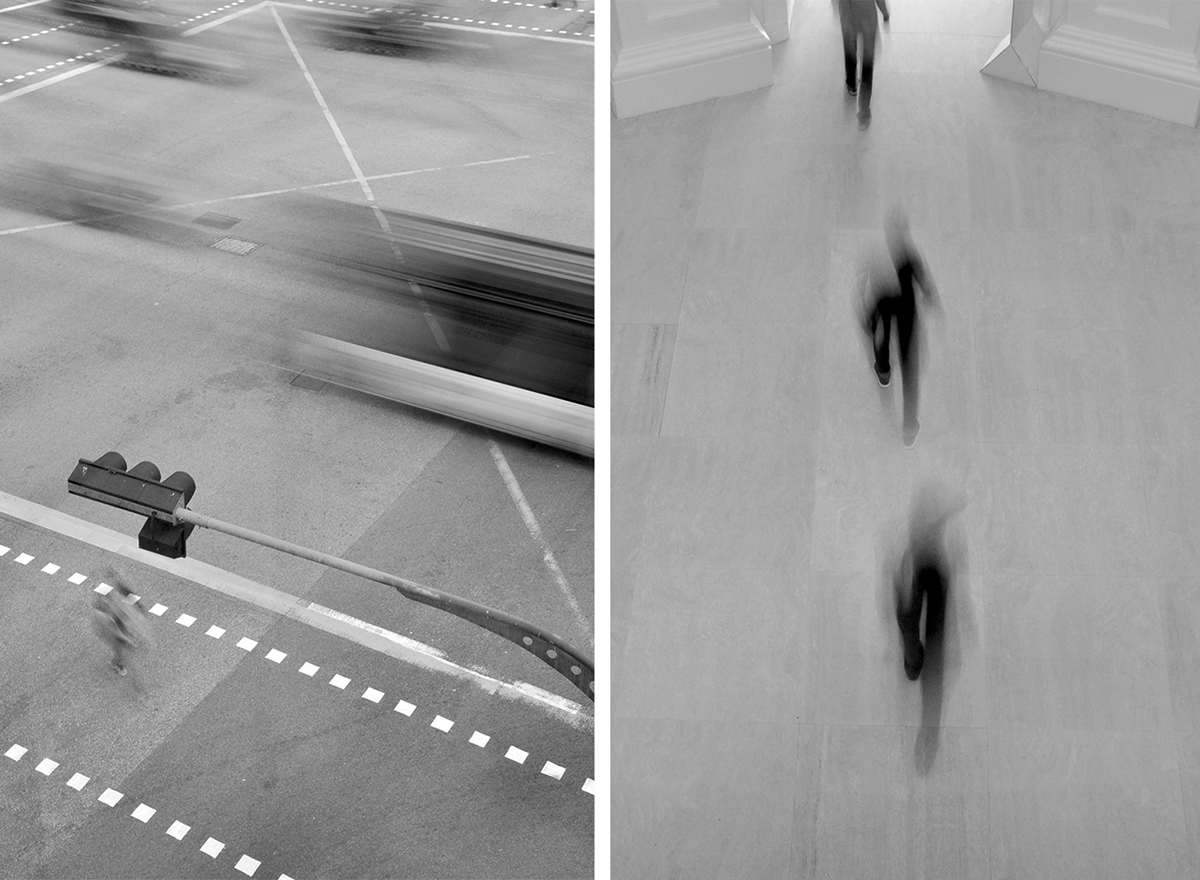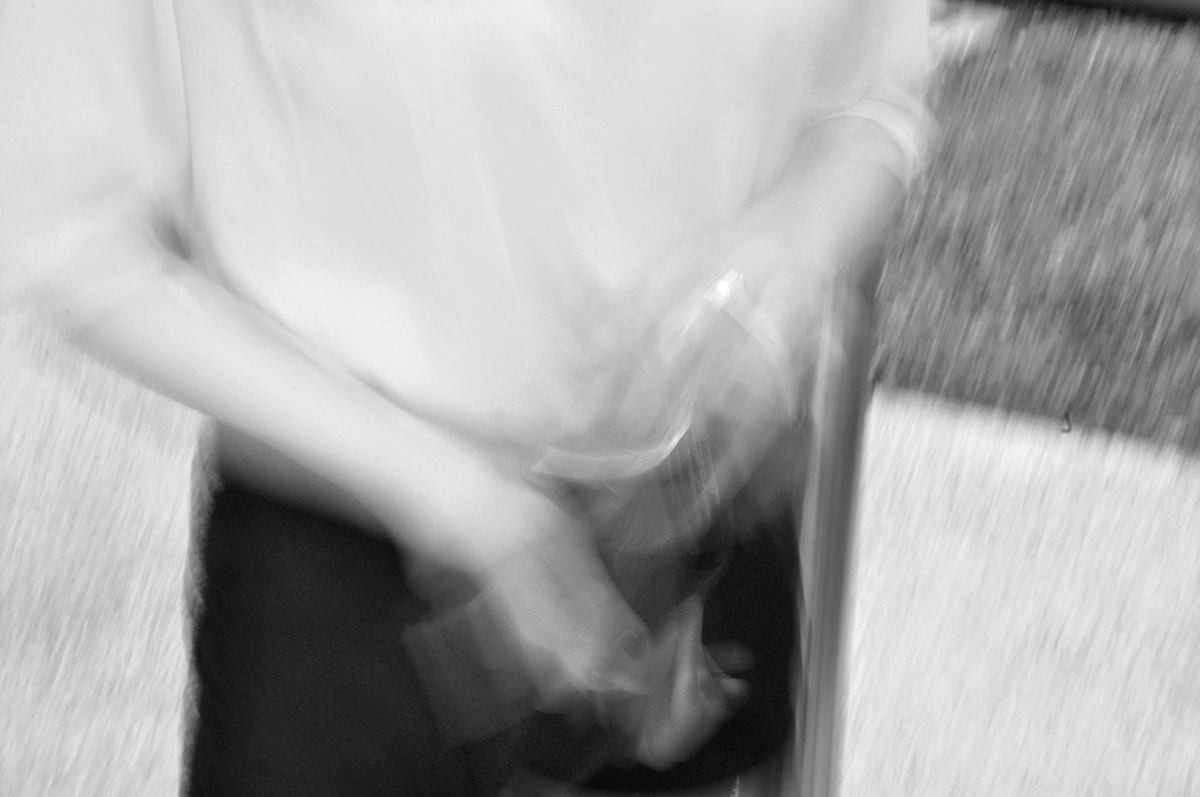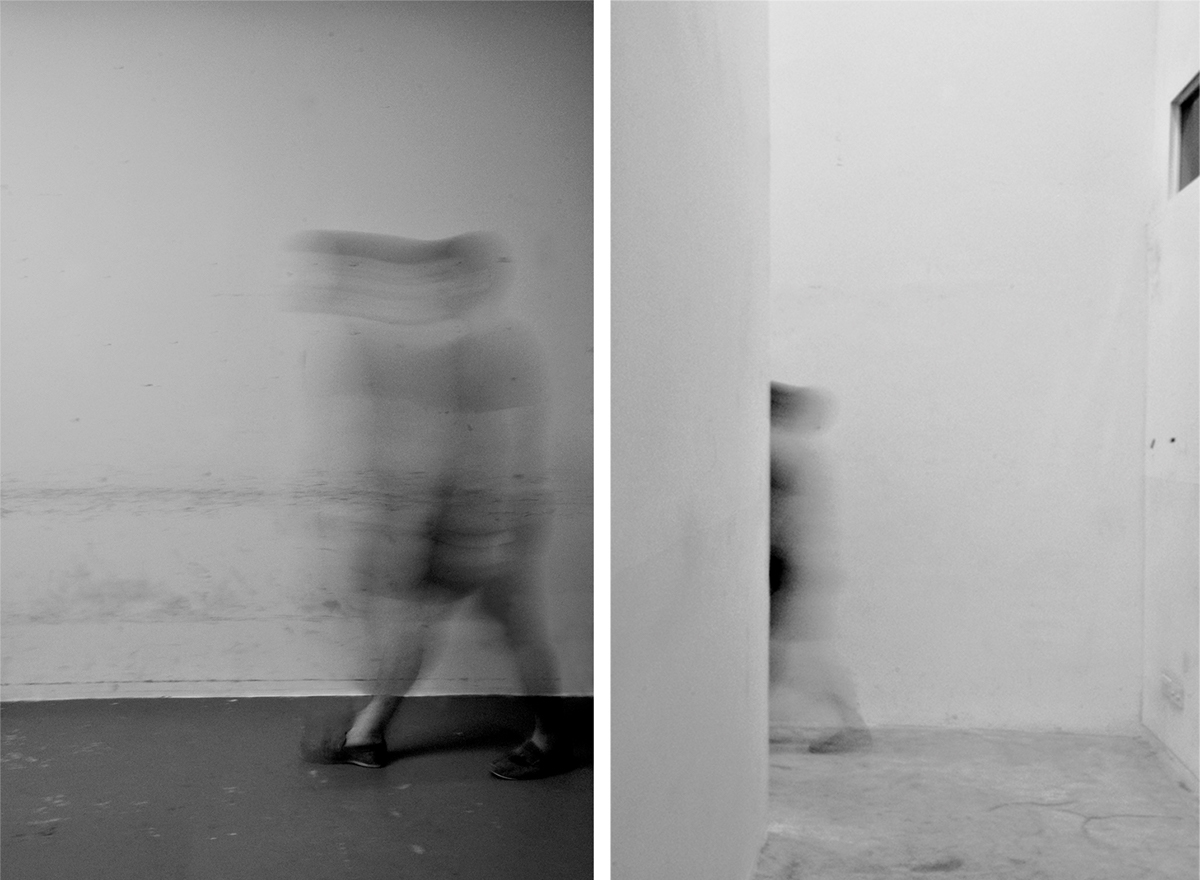A selection of photography taken from my final year project Distance,Envisaging Clouds of Phantom. A visual representation of Temporal Distance and its effects on human psychology.
_
Degree of importance
In this series of photographs, the “phantom forms” captured are achieved by the configuration of the camera lens. The lens can be adjusted to defocus objects in the background to form the commonly associated term of “Bokeh”, so anything in the foreground is sharp and retains detail and vice versa. Through this simple play of the camera lens, it relates to how distance affects our degree of importance in things. There is a theory, which suggests that events that are further in time tend to be perceived as lower in priority compared to events happening now. Thus, the blurring of objects in the background illustrates the notion of lesser importance; our sight tends to overlook blur images. The objects appearing in the foreground suggests higher importance as our eyes are drawn to its comforting clarity.





_
Planning fallacy
The second series of photographs captures “phantom forms” differently. The camera is set to a low shutter speed to create a blurry effect for the images captured. Having a lower shutter speed means longer exposure, hence any movement detected during a single capture will turn blur - a blur formed by motion.
The theory for the planning fallacy is about the optimistic biasness of self-prediction caused by focusing too much on successful situations. One would place emphasis on the perfect finished state while neglecting the process. Thus, the use of motion blur depicts the blurriness in the process while planning out tasks.







